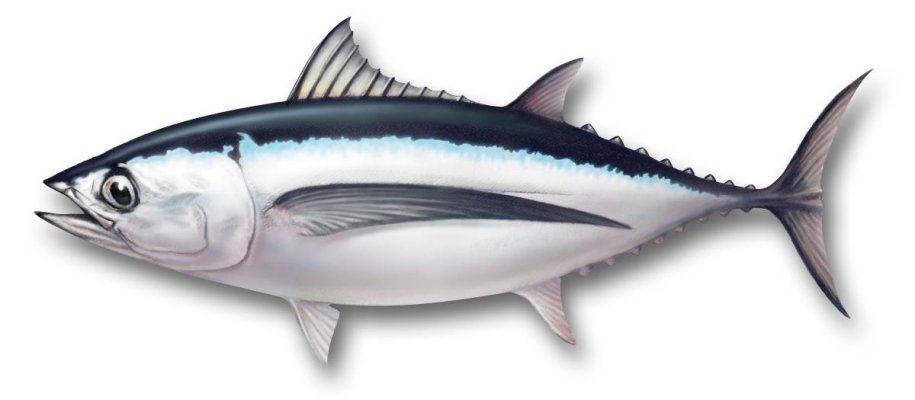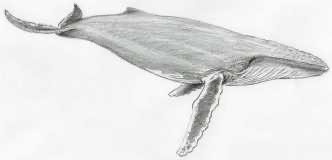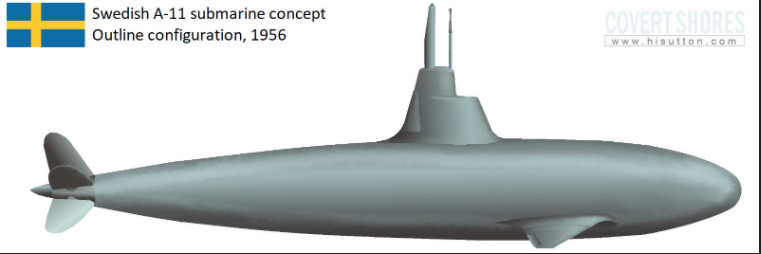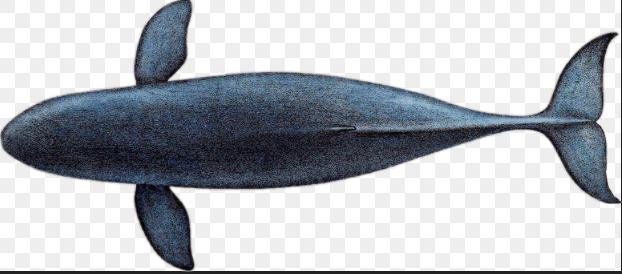Annual pleasure power boating fuel "efficiency" [i.e. per day cost] ... in so far as $$$’s and "sense"
2, 3 and sometimes 4 nautical miles per gallon are the fuel use figures often mentioned. $3 per gallon is the average cost I use here for calculation.
Soooo - - > Regarding the generally accepted average of 200 hours engine-running time per year on a consumer’s pleasure boat ... let's do some base calculations - - - - >
A. nmpg | B. hrs. of travel | C. speed traveled | D. distance traveled | E. gallons used | F. cost per gallon | G. annual cost | H. cost per mile | H. cost per day – levelized throughout the year.
2 nmpg | 200 hrs. of travel | @ 8 knots = 1,600 nm distance = 800 gallons used x $3 per gal = $2,400 annual = $1.30 per mile = $6.58 per day of the year
3 nmpg | 200 hrs. of travel | @ 8 knots = 1,600 nm distance = 533 gallons used x $3 per gal = $1,599 annual = $1.00 per mile = $4.38 per day of the year.
4 nmpg | 200 hrs. of travel | @ 8 knots = 1,600 nm distance = 400 gallons used x $3 per gal = $1,200 annual = $0.75 per mile = $3.29 per day of the year.
Therefore - - > In general… we may either own a boat that only costs $0.75 per mile [avg $3.29 for fuel per every day of life] – or – own a boat that costs $1.30 per mile [avg $6.58 for fuel every day of life].
One way or the other – if a person can’t afford from $3.29 to $6.58 per day to fuel their pleasure power boat – then – they should probably not purchase nor try to even begin owning a boat.
However – if you can afford that fuel cost - - >>>
THEN GO FOR IT!!!
Happy Boat-Fueling
Daze! - Art










